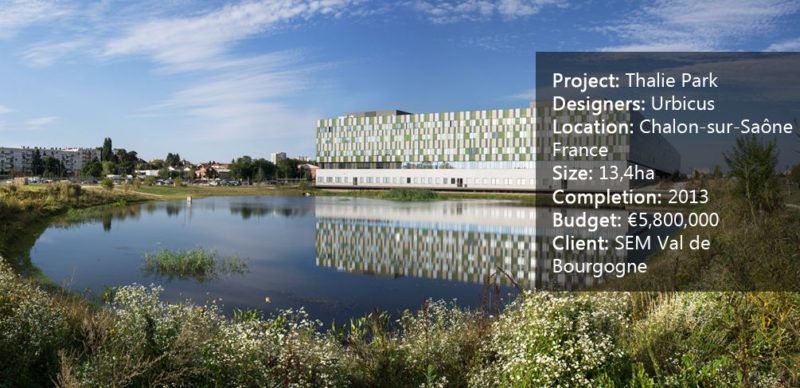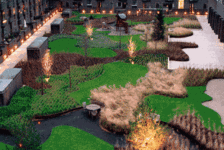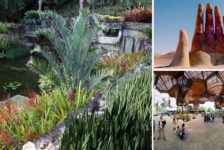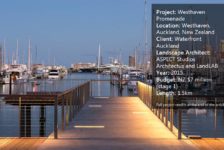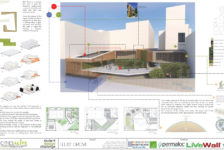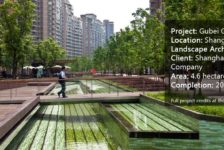Thalie Park, by Urbicus, in Chalon-sur-Saône, France. Have you ever wondered how a landscape architecture project can be successful in a flood plain with polluted soil? Chalon-sur-Saône is located in the heart of Burgundy, France, and is well known for being the birthplace of photography inventor Nicéphore Niépce. It is a cultural capital town of art history and home to many tourist attractions. The city is also known for its Carnival festivities (one of the most famous in France, according to Chalon-Sur-Saône), for the wine trade, and especially for its cultural event, “Chalon dans la Rue”. Bike paths and green spaces have been implemented to make the city more green and enjoyable, and Chalon-sur-Saône has begun to stand out in the environmental field, as well. In 2013, the Association of Mayors of Major Cities in France and the French Committee for Sustainable Development rewarded the city with ribbons for sustainable development in recognition of its commitment to the environment. In the same year, a new park was opened in the city.

Thalie Park masterplan. Image credit: Urbicus
Thalie Park
Designed by Urbicus, Thalie Park is surrounded by the natural areas of the Thalie Valley. It is also located in a site with aspects that are usually avoided in constructions. The site of approximately 13.4 hectares is a former landfill at the edge of the railway infrastructure, in a flood zone; this was certainly a major point of concern in the project that needed to be tackled by the design team.
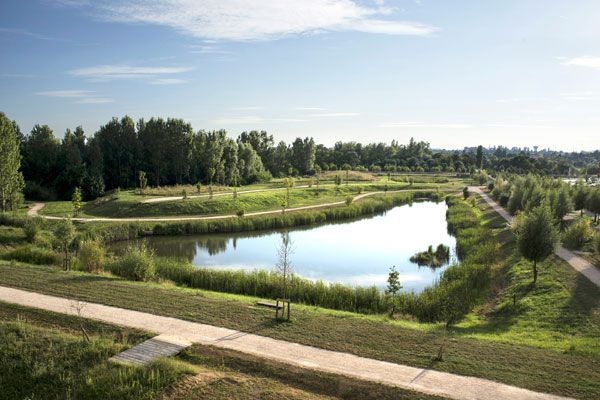
Thalie Park. Photo credit: Charles Delcourt
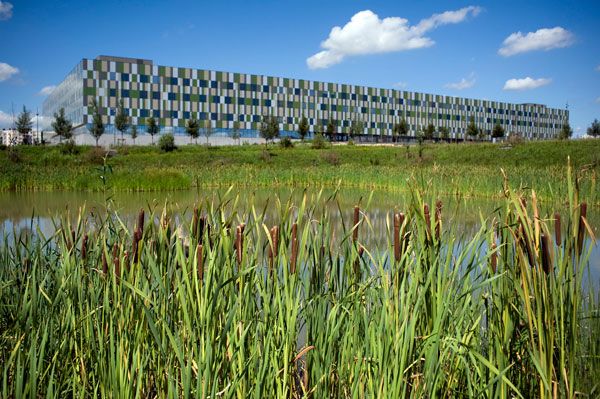
Thalie Park. Photo credit: Charles Delcourt
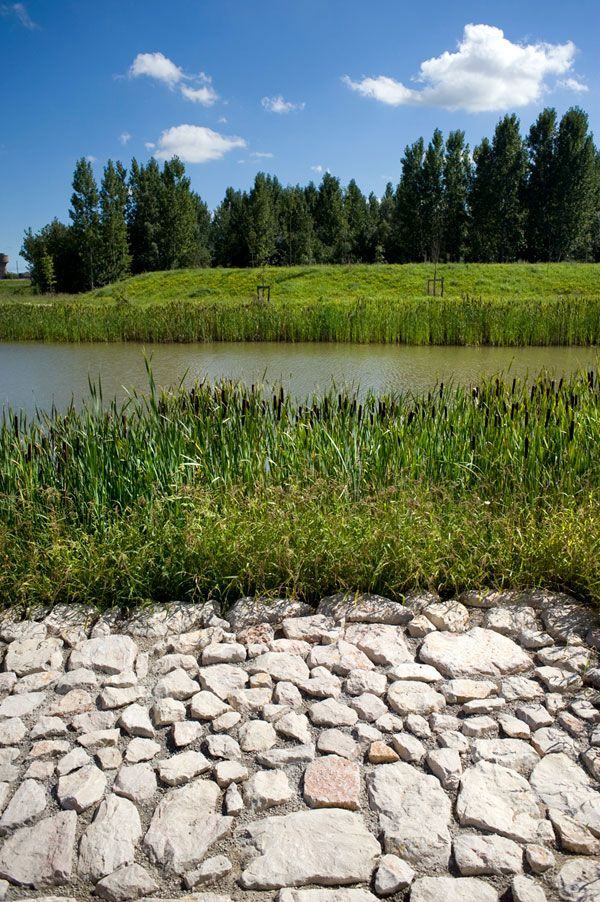
Thalie Park. Photo credit: Charles Delcourt
- How to Make an Unnatural Space Feel Like a Natural Park
- Turenscape Design Outstanding River Park
- Shipyard Site Transforms into Stunning Ecological Park
With the completion of the project, the city depolluted the soil, gained another park while providing great views from the hospital, and improved the ambiance for the patients. A Great Solution by Urbicus Another great solution implemented by Urbicus was the creation of two ponds that allowed the management of water influx due to rises in the river water level or rainfall. The aquatic ecosystem existing in the ponds is comprised of species particularly chosen in consultation with fishing associations and state departments.
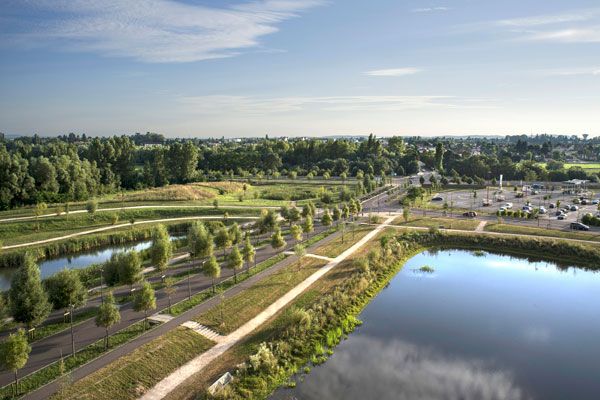
Thalie Park. Photo credit: Charles Delcourt
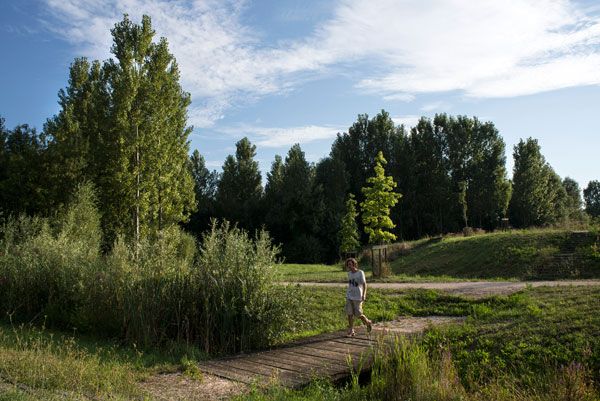
Thalie Park. Photo credit: Charles Delcourt
Thalie Park – Seeing Opportunity in the Face of Adversity
It is a fact that polluted soil is generally far from being the preferred choice for projects such as Thalie Park. And this is what makes the project so special: Instead of ruining the project, the characteristics of the soil and the fact it had to deliver the functionality of a flood area were major contributors to the design of the park and have actually led to the success of the project.
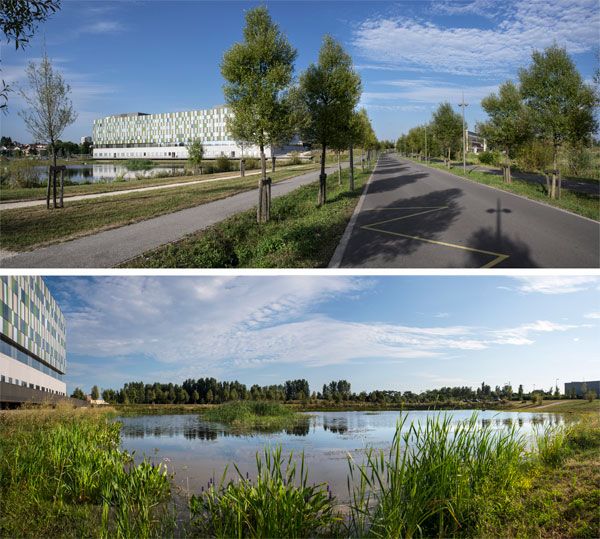
Thalie Park. Photo credit: Charles Delcourt
- Design with Nature by Ian L. McHarg
- Meadows by Design: Creating a Natural Alternative to the Traditional Lawn by John Greenlee
Article by Sarah Suassuna Return to Homepage
Published in Blog


